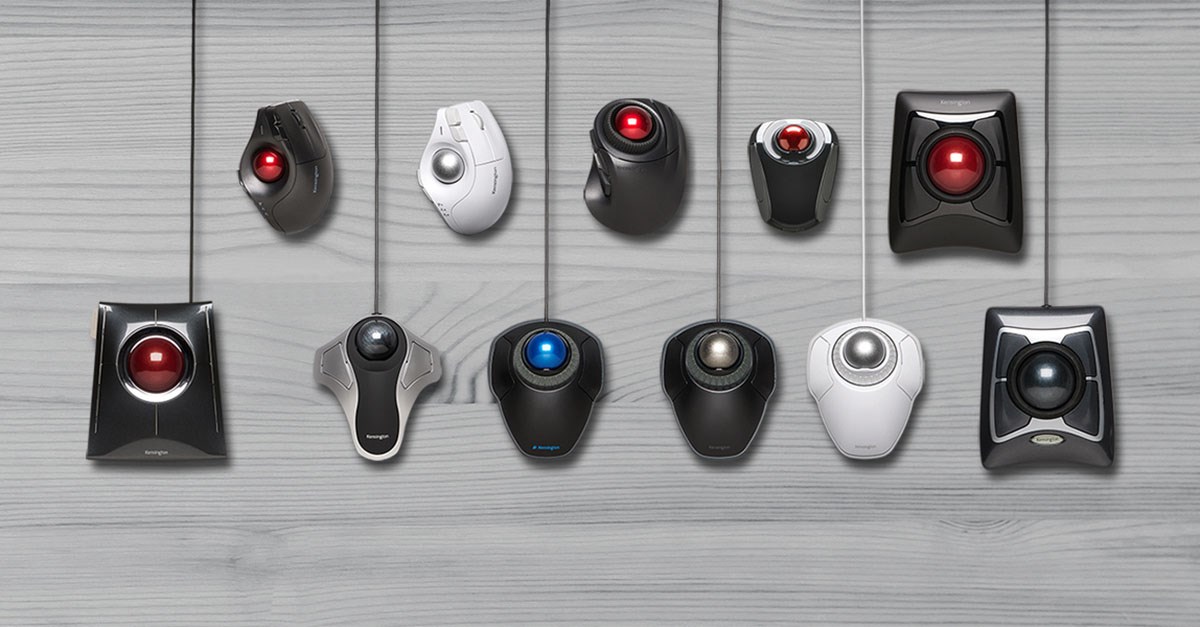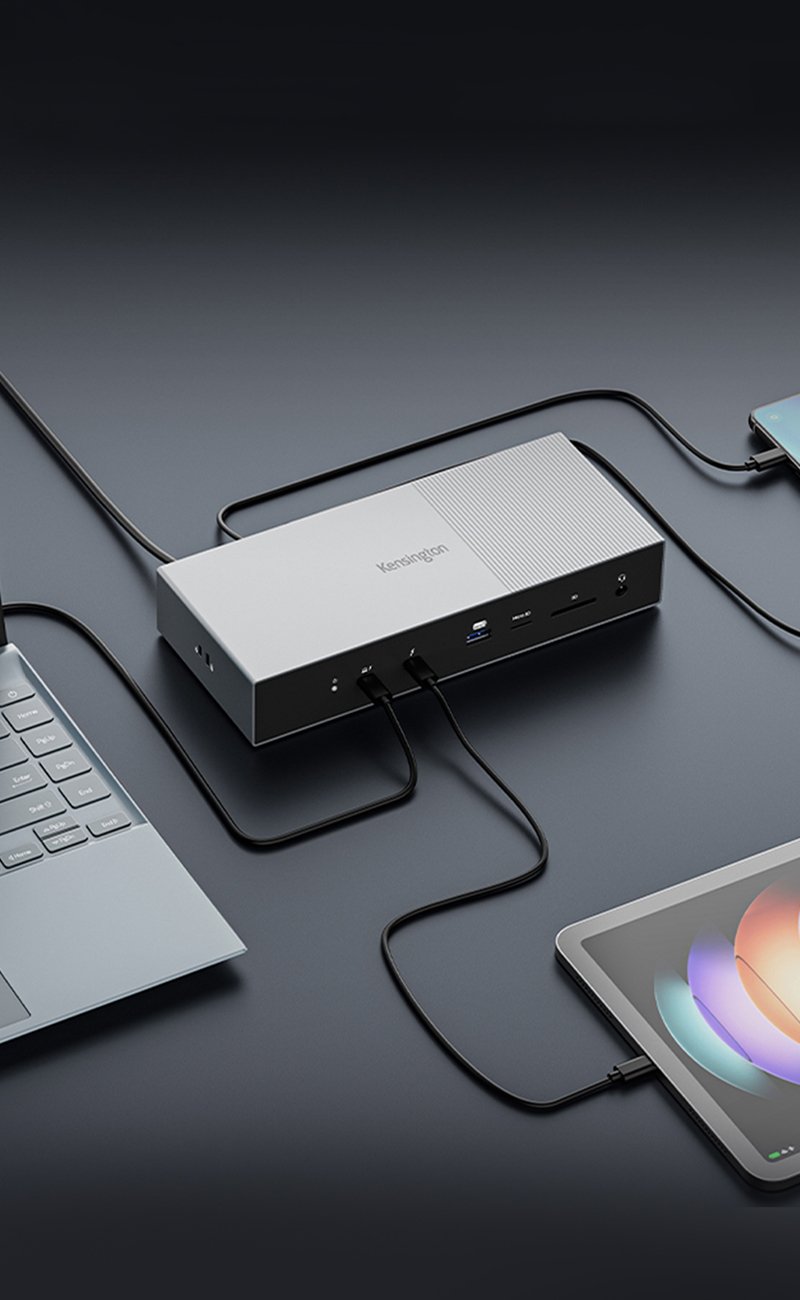
When choosing between wired and wireless trackballs, the decision often boils down to more than just the presence or absence of cables. Each type offers unique benefits tailored to specific needs, workflows, and environments. In this blog, we’ll explore the key differences, use cases, and features of wired and wireless trackballs to help you make the right choice for your setup.
Wired vs. Wireless Trackballs: Key Differences
Device Responsiveness and Latency
Wired trackballs are known for their near-instant response times, making them a preferred choice for tasks requiring precision, such as gaming, design, or video editing. Wireless trackballs, while improving in responsiveness with advancements in technology, may experience minor latency depending on the model and connection type (e.g., Bluetooth or USB nano receivers).
Latency can also fluctuate in wireless devices if the connection is disrupted or the batteries are low, which is less common with wired options. For professional gamers or designers, every fraction of a second matters, making wired trackballs an excellent option for high-stakes scenarios.
An Organized Workspace
A major advantage of wireless trackballs is their ability to maintain a clutter-free workspace. In setups with multiple devices, such as monitors, keyboards, and speakers, eliminating cables can create a cleaner, more organized aesthetic. Wireless devices also pair seamlessly with minimalist workstations or portable setups.
On the other hand, users who value stability and don't mind organizing cables may find wired trackballs an equally appealing option, especially when paired with cable management tools.
Port Availability
Wired trackballs require a USB port for connectivity, which can be a concern in setups with limited ports. Wireless trackballs, particularly Bluetooth-enabled ones, eliminate the need for physical connections, making them more versatile for laptops and devices with fewer ports. For users with extensive wired setups, USB hubs or docking stations can help expand connectivity options.
Portability
Wireless trackballs are a natural choice for users on the go. Their cable-free design allows for easy transportation, making them ideal for portable setups involving laptops or tablets. Wired trackballs, while less mobile due to the physical connection, are well-suited for fixed workstations where movement isn’t a priority.
Wired Trackballs: Ideal Use Cases
- Gaming: Gamers often prioritize speed and accuracy. Wired trackballs, with their reliable response times and consistent polling rates, are the go-to choice for competitive gaming. Devices like Kensington's Orbit® Trackball with Scroll Ring offer exceptional precision with its 40mm ball and optical tracking technology. The award-winning Scroll Ring makes navigation effortless, and the ambidextrous design ensures comfort during extended gaming sessions.
- Graphic Design and CAD Applications: Designers using programs like Illustrator, Photoshop, or CAD software benefit from the consistent input of wired trackballs, especially for intricate tasks. The Orbit® Trackball with Scroll Ring, with its customizable buttons via software and detachable wrist rest for ergonomic support, provides the precision and control required for creative workflows.
- Fixed Workstations: For users with dedicated desk setups, wired trackballs offer stability and dependable performance. The wired USB connection ensures uninterrupted functionality, making it an excellent choice for environments where reliability is essential.
Wireless Trackballs: When to Choose Them
-
Flexibility and Mobility: Wireless trackballs are perfect for users who frequently switch between devices or locations. Their portability allows for seamless integration into a hybrid workspace setup.
-
Clutter-Free Aesthetics: Wireless trackballs suit those who prefer a clean and organized desktop. Their sleek, cable-free design complements modern work environments and minimalist setups.
Features and Trends: Choosing the Right Trackball
Kensington offers a range of trackballs designed to meet diverse user needs, combining durability, precision, and ergonomic comfort. Whether you prioritize wired reliability or wireless flexibility, there’s a Kensington trackball for you:
- Orbit® Trackball with Scroll Ring: A wired option delivering exceptional precision and responsiveness, ideal for professional use.
- Expert Mouse® Wireless Trackball: Combines ergonomic design with dependable wireless connectivity, making it perfect for portable and adaptable setups.
- Pro Fit® Ergo TB550 Trackball: Compact and versatile, offering a balance of comfort and portability.
As wireless technology advances, many users are gravitating toward cable-free devices. Innovations such as enhanced Bluetooth connectivity, extended battery life, and reduced latency make wireless trackballs increasingly appealing, especially for those who prioritize aesthetics and a clutter-free setup.
However, wired trackballs continue to be a top choice for users who value stability, low latency, and high performance, particularly in tasks requiring precision. Both options cater to different preferences, ensuring there’s a solution for every setup and workflow.
| Feature | Wired | Wireless |
|---|---|---|
| Responsiveness | Near-instant response times | Slightly variable latency |
| Workspace Setup | Requires cable management | Clean and clutter-free |
| Port Needs | Requires USB port | Bluetooth or USB receiver |
| Portability | Ideal for fixed workstations | Perfect for on-the-go setups |
| Aesthetics | Traditional look | Modern and sleek design |
Finding Your Perfect Trackball
Ultimately, the choice between wired and wireless trackballs depends on your unique needs. Wired trackballs are ideal for precision tasks, gaming, and fixed setups, while wireless trackballs excel in flexibility, portability, and aesthetic appeal.
Explore Kensington’s full range of wired and wireless trackballs.
